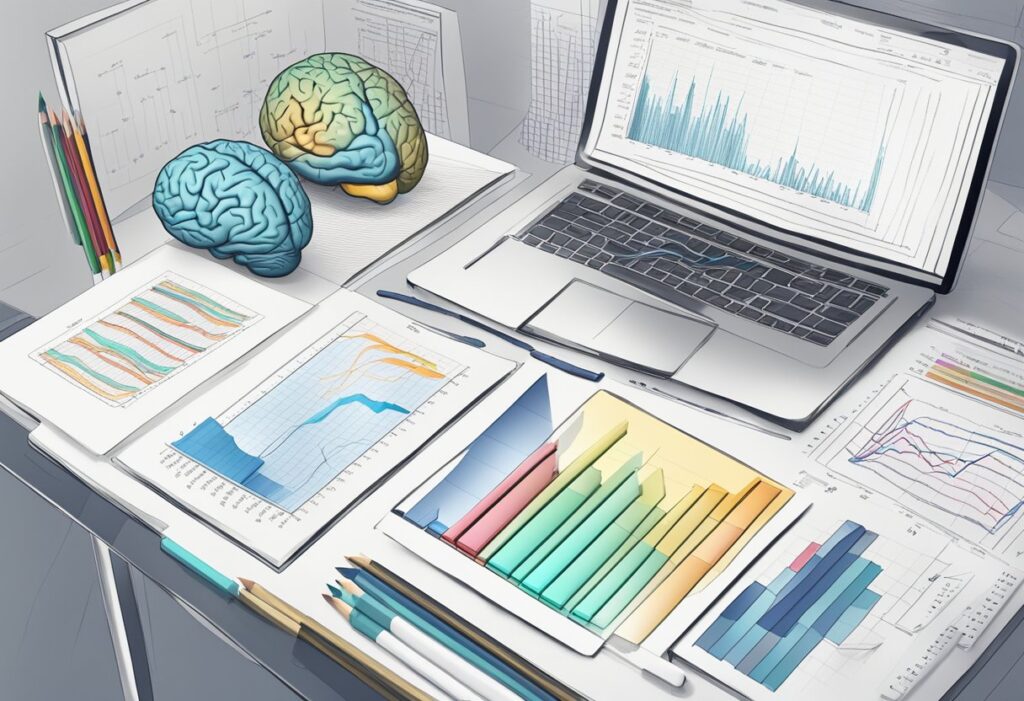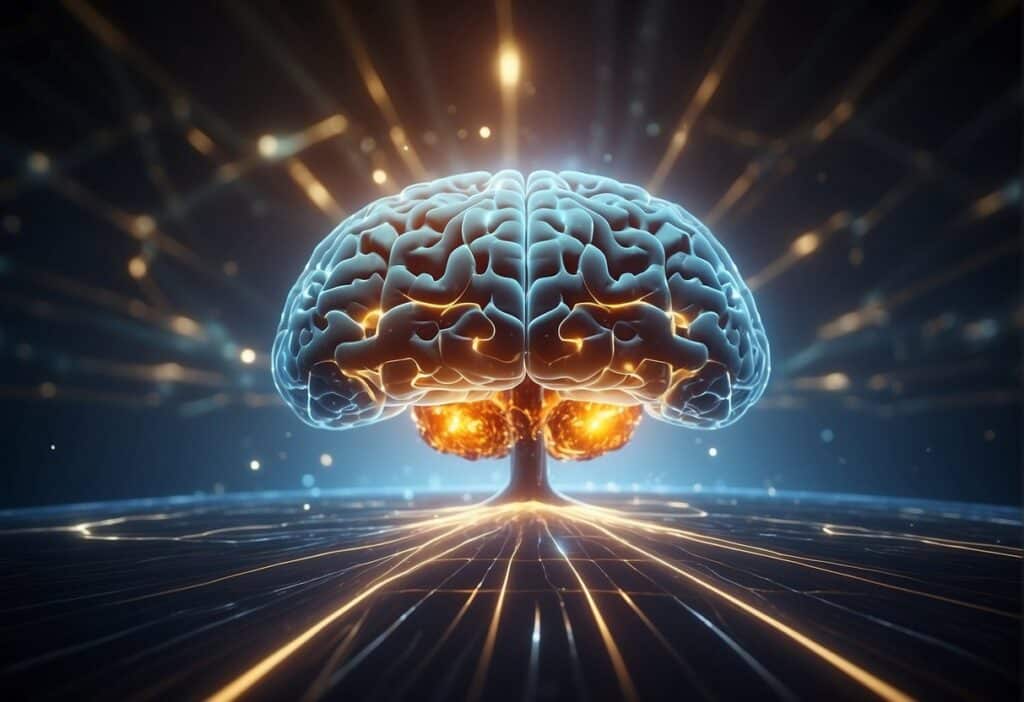Overview of AI in Robotic Prostheses
You are entering a new era where artificial intelligence (AI) is transforming robotic prostheses. With AI, your prosthetic devices are becoming more intuitive and capable.
- Adaptive Learning: AI algorithms learn from your movements, enhancing the prosthetic’s responsiveness.
- Enhanced Control: Machine learning provides smoother and more accurate control, mirroring natural limb movement.
- Predictive Maintenance: AI anticipates and flags possible system issues for timely maintenance.
AI isn’t just fueling advances in functionality; it is revolutionizing the way you rehab after receiving a prosthesis. Innovative training methods backed by AI ensure that your rehabilitation is tailored to your specific needs, leading to quicker and more efficient recovery periods.
Sensors and Feedback: Prostheses equipped with AI-powered sensors offer real-time feedback, crucial for your rehabilitation process. These smart limbs help fine-tune your use of the prosthesis, promoting a swift return to everyday activities.
Customized Experiences: AI allows for the customization of prosthetic functions to fit your lifestyle. Whether you’re an athlete or a retiree, the technology adapts to support your goals.
Embrace this cutting-edge synergy between AI and robotics. It’s paving the way for a more adaptive and personalized approach to prosthetic technology and rehabilitation. With AI, reclaim your independence and stride into a future where limitations are rapidly diminishing.
Technological Advances in Prosthetics
Discover the pivotal role that AI plays in the innovative landscape of robotic prosthetics, shaping a new era of functionality and adaptability.
Machine Learning Algorithms
AI infuses robotic prostheses with machine learning algorithms that enhance your experience, adapting to your movements for a more natural gait. These sophisticated systems pave the way for autonomous adjustments in real-time, ensuring an unprecedented level of precision.
Sensor Technology
Your prosthesis is no longer a static tool, thanks to sensor technology. Embedded sensors provide critical feedback, allowing for dynamic response to different environments. With each step, these sensors collect data to continuously refine and optimize performance.
AI-Driven Rehabilitation Systems
Harness the power of Artificial Intelligence (AI) to revolutionize your recovery journey with cutting-edge rehabilitation robotics and virtual reality systems.
Robotic Exoskeletons
Empower your rehabilitation with robotic exoskeletons, designed to support and enhance limb movement. These AI-infused devices offer you tailored therapy by adapting to your unique mobility patterns. For example, AI-based wearable robotic exoskeletons align with the latest advancements, focusing on portability and ergonomic benefits. Training programs within the exoskeletons are driven by AI, which promotes neural plasticity and can lead to improved motor function.
Virtual Reality and Rehabilitation
Step into a new dimension of rehabilitation with virtual reality (VR). Integrating AI, VR environments provide you with an immersive experience that can motivate and engage. Clinical studies suggest virtual reality platforms merged with AI lead to effective rehab practices, making them powerful tools for your recovery process. They deliver real-time feedback and modify scenarios based on your progress, ensuring a tailored rehabilitation experience.
User Experience and Interface Design
Crafting an intuitive user experience is crucial for the success of robotic prostheses and rehabilitation technologies. You need designs that respond seamlessly to your intentions and feel like natural extensions of your body.
Adaptive Control Systems
Adaptive control systems are the brains behind your robotic prosthesis. They learn and evolve with your movement patterns, ensuring that you can regain your mobility without a hitch. Picture a system that meticulously adjusts to the weather—the same precision applies to how a prosthetic limb responds to your command. For instance, an AI in prosthetic integration tailors the prosthetic response using advanced algorithms for a personalized experience.
User Feedback Mechanisms
User feedback mechanisms enhance your interaction with assistive devices. Imagine getting real-time tactile feedback that guides your grasp strength—enabling you to securely hold a coffee cup. Such advancements hinge on a loop of communication between you and your device; this loop is reinforced by sensors and software that interpret your muscle signals. Rigorous feedback ensures that your device is responsive to your every move. The development of ergonomic systems greatly improves the user experience, making it more natural and intuitive for wearers.
Ethical and Privacy Considerations
In the realm of AI and robotic prostheses, you face complex ethical dilemmas. Privacy is paramount when dealing with data that AI systems require. Your sensitive health information must be safeguarded to prevent misuse.
Moreover, there’s a conversation about autonomy. You should have a complete understanding of how these devices might affect your ability to make decisions about your body and healthcare.
Informed Consent
You deserve clarity. When it comes to AI in healthcare, always ensure that you have provided informed consent. You must understand:
- How your data is used.
- The risks involved.
Quality of Life
With advanced prosthetics, empowerment is key. Aim to regain physical abilities, but stay vigilant about the implications of AI in measuring and influencing your quality of life.
Transparent Algorithms
Demand transparency. Insist on understanding how AI algorithms make decisions that impact your care and recovery journey.
Remember, the goal is to enhance your life. Let’s ensure AI serves you ethically and respects your privacy.
Future Directions and Innovations
In the realm of AI and robotic prostheses, the horizon brims with promise. Innovations are paving the way for you to lead a more independent life. These breakthroughs promise enhanced autonomy and mobility for individuals with amputations or mobility impairments.
- Smart Prosthetics: Imagine limbs that sense your neural commands, giving you control akin to natural movements. Advances in human-robotic interfaces make this future plausible.
- Adaptive AI: Your prosthesis could adapt to your gait pattern or grip strength, learning with each action, providing a bespoke fit to your lifestyle.
- Preventative Maintenance: Real-time monitoring could flag potential issues before they escalate, informed by AI algorithms capable of predictive analysis discussed in ‘Artificial Intelligence in Prosthesis and Rehabilitation’.
Furthermore, rehabilitation robotics will soar. We envision robotic systems offering customized therapy sessions, guided by AI that evaluates your progress and adjusts treatment plans dynamically.
Collaborative robots, or cobots, will feature in clinics and homes. They’ll aid in your daily tasks, growing more intuitive and interactive. Thus, the blend of compassion with cutting-edge technology promises a future where your challenges transform into opportunities for renewed strength and independence.










